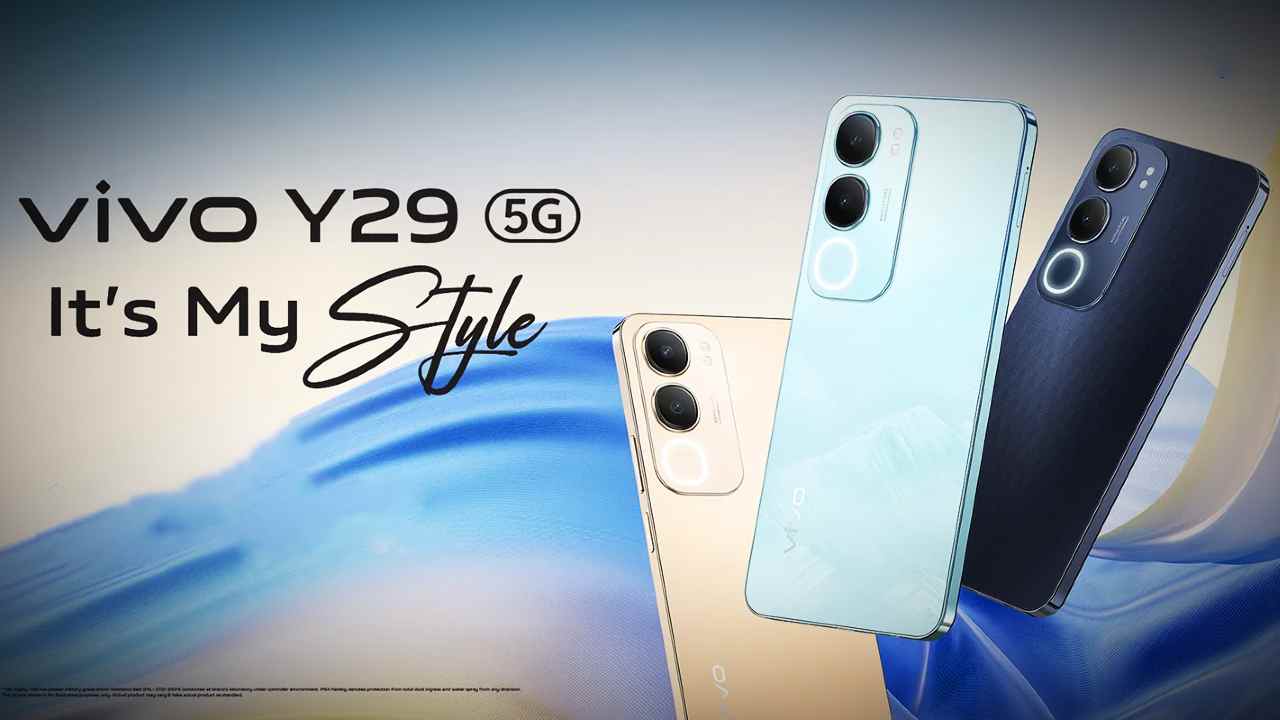As we approach the highly anticipated launch of the iPhone 16, tech enthusiasts are eager to compare it with the Google Pixel 9. Both smartphones represent the pinnacle of AI advancements, emphasizing their software capabilities alongside their hardware specs. With iOS 18 introducing Apple Intelligence to the iPhone 16, it sets the stage for a compelling showdown with the Google Pixel 9. Let’s dive deep into the specifications, features, and overall performance of these two flagship devices to determine which one stands out in the battle of the best.
iPhone 16 vs Google Pixel 9: Specs Overview
Before we analyze each phone in detail, here’s a quick look at their specifications:
| Specifications | iPhone 16 | Google Pixel 9 |
|---|---|---|
| Display | 6.1-inch Full-HD+ Super Retina OLED, 60Hz | 6.3-inch 1.5K OLED Super Actua, 120Hz |
| Processor | Apple A18 | Google Tensor G4 |
| Storage and RAM | 128GB + 8GB, 256GB + 8GB, 512GB + 8GB | 128GB + 12GB, 256GB + 12GB |
| Operating System | iOS 18 with five years of updates | Android 14 with seven years of updates |
| Cameras | 48MP + 12MP | 50MP + 48MP + 10.5MP |
| Battery | 3,561mAh, 25W MagSafe Charging | 4,700mAh, 27W Fast Charging |
| Colors | Black, Green, Pink, Blue, White | Obsidian, Porcelain, Wintergreen, Peony |
Design and Display
Starting with the design, both devices feature a sleek, slab-style build with rounded corners. The iPhone 16 sports a redesigned vertical camera module, while the Pixel 9 showcases a unique camera bar inspired by a search bar, centrally positioned on its back. The iPhone 16’s camera orientation allows for Spatial Video recording, a notable feature for content creators. You can choose from an array of appealing colors, including pink, yellow, green, black, and purple for the iPhone, and Porcelain, Obsidian, Rose, and Green for the Pixel.
In terms of display, the iPhone 16 includes a 6.1-inch Super Retina XDR OLED screen with a 60Hz refresh rate. Although fans hoped for a higher refresh rate, Apple maintains its position at 60Hz for now, offering Ceramic Shield glass for enhanced durability. On the other hand, the Pixel 9 features a 6.3-inch Actua OLED panel with an impressive 120Hz refresh rate, ensuring smoother animations and scrolling. It also boasts Gorilla Glass Victus 2 protection and a peak brightness of 3000 nits, making it user-friendly in bright outdoor conditions. Given these factors, the Pixel 9’s larger size and higher refresh rate provide a more visually appealing experience.
Design and Display Winner: Pixel 9
Performance and Storage
When it comes to performance, the iPhone 16 takes the lead with its new Apple A18 Bionic chip, built using TSMC’s cutting-edge 3nm process. This grants the iPhone better performance metrics compared to Google’s Tensor G4 found in the Pixel 9. Both devices offer 8GB RAM in the iPhone and 12GB RAM in the Pixel, but Apple provides more storage options, starting at 256GB instead of 128GB in the Pixel. While both devices handle daily tasks effectively, the iPhone 16 edges ahead in benchmarks and raw performance, though the Pixel 9 may excel for gamers due to its higher refresh rate. Overall, the iPhone 16 is a clear winner in this category due to its superior performance and storage offerings.
Performance & Storage Winner: iPhone 16
Software and AI Features
The software landscape sets the iPhone 16 and Pixel 9 apart. The iPhone runs on iOS 18, while the Pixel launches with Android 14. Google commits to providing seven years of software updates for the Pixel, surpassing Apple’s five-year update policy, but Apple is known for its consistent and reliable software support. Both phones come equipped with advanced AI capabilities: Apple Intelligence for the iPhone and Google Gemini for the Pixel, enhancing user experience with features like object removal from photos and advanced text processing. While both are competitive in this area, it remains difficult to declare an outright winner.
Software and AI Features: Tie
Camera
The camera performance is another crucial factor in this comparison. The iPhone 16 features a dual-camera setup with a 48MP primary sensor and a 12MP ultrawide, making strides in low-light photography thanks to an improved aperture. The introduction of a macro shooting capability with the ultrawide sensor is a notable enhancement.
In contrast, the Pixel 9 boasts a more advanced triple-camera setup, including a 50MP main sensor, a 48MP ultrawide, and an additional 10.5MP lens. Known for its computational photography prowess, the Pixel 9 integrates features like Best Take and Magic Eraser, which enhance photographic creativity and flexibility. Both devices support 4K video recording, but the Pixel’s ability to upscale 4K to 8K further elevates its camera capabilities. Thus, when it comes to photography, the Pixel 9 stands out.
Camera Winner: Pixel 9
Battery and Charging
Regarding battery life, a reliable flagship must offer all-day usage and rapid charging capabilities. The iPhone 16 houses a 3,561mAh battery with 25W charging and supports MagSafe charging, a benefit for users entrenched in the Apple ecosystem.
The Pixel 9, equipped with a 4,700mAh battery and 27W fast charging, not only boasts a significantly larger capacity but also charges quicker. With support for wireless charging, the Pixel ensures lasting functionality and convenience. Given these advantages, the Pixel 9 comes out on top in this category primarily due to its larger battery and faster charging rate.
Battery & Charging Winner: Pixel 9
Price and Availability
When considering price, both devices have no clear winner. The Google Pixel 9 starts at ₹79,999 for the base variant with 12GB RAM and 256GB of storage. The iPhone 16 is expected to land at a similar price point, with speculation suggesting it may begin at ₹79,999 due to its competitive market positioning. Both devices will be available on major retail platforms post-launch, making them equally accessible to consumers.
Price & Availability Winner: Tie
Conclusion: iPhone 16 vs Pixel 9
Choosing between the iPhone 16 and the Google Pixel 9 can be challenging as both smartphones showcase the best in their respective ecosystems. If I had to make a choice, I would lean towards the Google Pixel 9 due to its superior display, intelligent AI features, and enhanced camera capabilities. Additionally, the Pixel’s larger battery and faster charging provide an important edge for longevity and convenience.
However, if you are invested in the Apple ecosystem and seeking the latest iPhone at a competitive price, the iPhone 16 remains an excellent option. With a focus on performance and unique features such as MagSafe and the Capture Button, it has plenty to offer. Ultimately, the decision will hinge on personal preferences and ecosystem loyalty. Which device are you considering, and why? We invite you to share your thoughts in the comments below!











